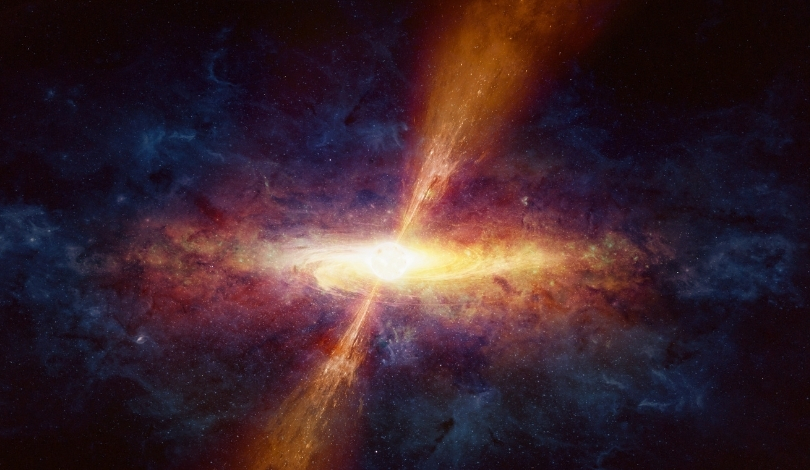The Zwicky Transient Facility has unveiled a comprehensive catalog of Type Ia supernovae, marking a significant milestone in astronomical research. This extensive repository, comprising over 3,628 supernovae, provides invaluable data for understanding the universe’s expansion and the enigmatic forces driving it. Researchers anticipate that this release will facilitate deeper insights into cosmic phenomena and refine existing cosmological models.
The latest catalog markedly increases the number of known Type Ia supernovae, more than doubling the figures accumulated over the past thirty years. This enhanced dataset not only boosts the statistical robustness for cosmological studies but also offers a more consistent selection, minimizing biases present in earlier collections.
How Does the ZTF Catalog Enhance Cosmological Research?
The expanded catalog allows astronomers to measure cosmic distances with greater precision, essential for determining the universe’s expansion rate.
“With this large and homogeneous dataset, we can explore Type Ia supernovae with an unprecedented level of precision and accuracy,”
stated Dr. Mickael Rigault, head of the ZTF Cosmology Science working group. This precision is crucial for addressing discrepancies in current cosmological measurements.
What Technologies Enabled the Discovery?
The ZTF’s sophisticated 47-square-degree, 600-megapixel cryogenic CCD mosaic camera plays a pivotal role in the discovery process. Mounted on the Samuel Oschin Telescope at Palomar Observatory, the camera scans the northern sky daily across three optical bands. This capability allows for the detection of nearly all supernovae within 1.5 billion light-years, enabling the identification of up to four supernovae each night.
What Are the Implications for the Hubble Constant?
Accurate measurements from the ZTF catalog could resolve the ongoing “Hubble Tension,” where different methods yield varying values of the universe’s expansion rate.
“Ultimately, the aim is to address one of our time’s biggest questions in fundamental physics and cosmology,”
remarked Professor Ariel Goobar. The refined data may necessitate revisions to the Lambda Cold Dark Matter model and clarify the role of dark energy.
This catalog’s release is timely, coinciding with upcoming missions like the Nancy Grace Roman Space Telescope and the ESA’s Euclid mission, which will further map the universe’s structure. The integration of ZTF data with these missions promises to enhance our understanding of dark matter and cosmic expansion comprehensively.










